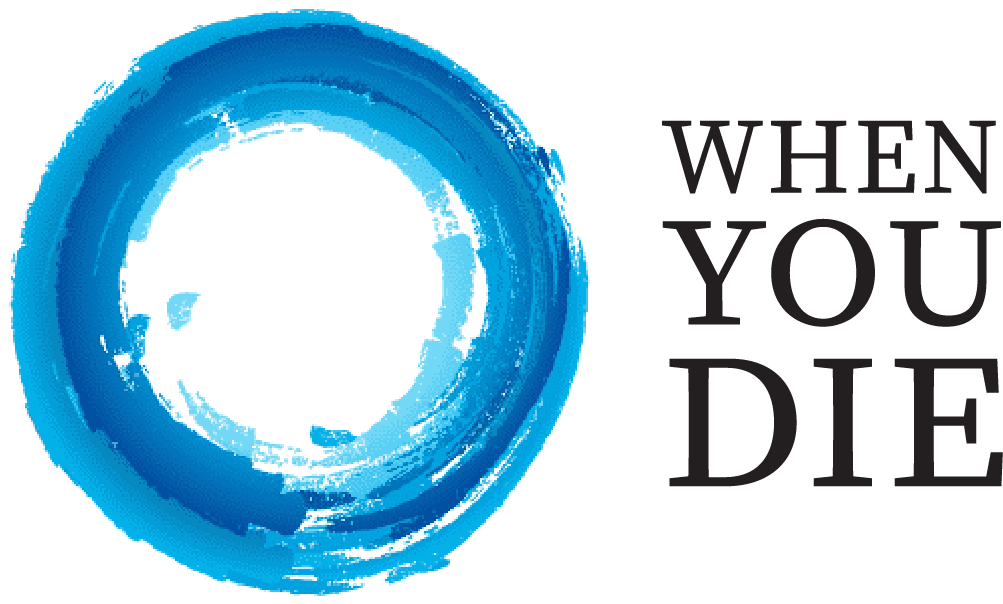I founded Buddys after my son passed away, very suddenly. My wife and I sought various forms of therapy to help cope with that grief. One of the ways that really gave us comfort and hope was connecting with another couple who had experienced the same tragic loss. And the ability to find that connection was what led us to create Buddys. – James Morgan

